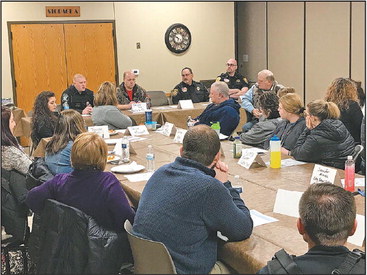Effort to ‘change the culture’ needed to reduce underage drinking


With a bevy of binge drinking stats projected on the wall behind her, public health educator Rebecca Greisen summed up Wisconsin in one line: “We like to drink.”


With a bevy of binge drinking stats projected on the wall behind her, public health educator Rebecca Greisen summed up Wisconsin in one line: “We like to drink.”